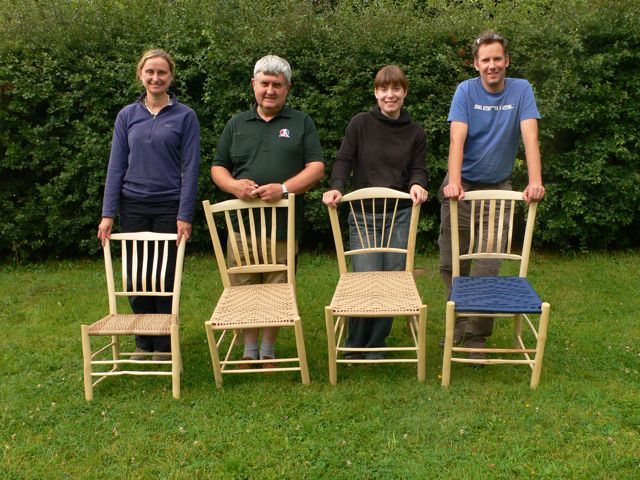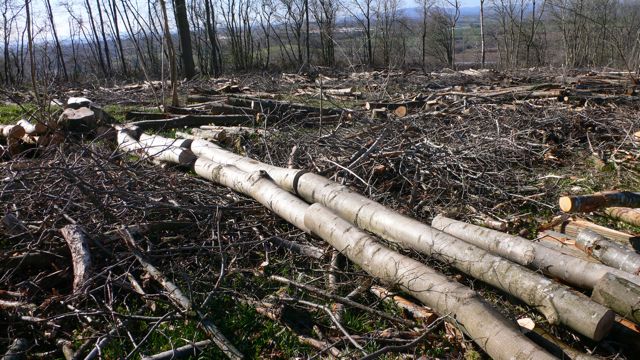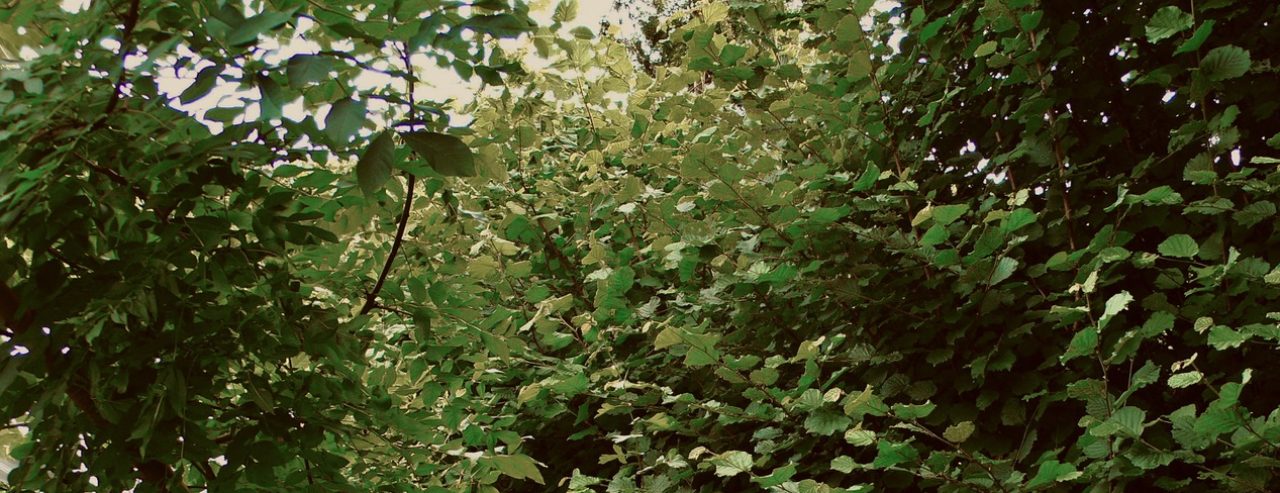I have been meaning to update this blog for weeks but apart from one wet day (the first day of the most recent course) the sun has been shining from dawn til dusk and I’ve been outside making the most of it. However, this morning I woke at 2.30am and couldn’t go back to sleep such was my excitement from yesterday’s activities.
More good courses
We’ve had two more successful courses, the first one with a lovely bunch of people, all making spindle-backs and coming up with several more clever tricks to help make chairs (I’ll write these up in the winter). They also explored further into the realms of seat-weaving.

The next course was filled with ex-students from previous courses, so 3 of them made the more time-consuming lath-backs to add to their collections at home.

Settin chairs
I have spent the few days since then assembling four chairs for an exhibition at Twenty-Twenty Gallery starting on 20th August. This will be the first time I have had my chairs in an exhibition since I was based in Devon over 20 years ago. Prompted by people on courses over the last few years, I have now added the ‘settin chair’ to the range of chairs produced in my workshop. This is an interpretation of a low chair described an the excellent book entitled Craftsman of the Cumberlands mixed with elements of the ‘wee-wor’ chair that we have been making for years.
Wonderful wood
In previous years on my chair-making courses in the woods, any leftover wood has been merrily burned to keep the kettle boiling, to fire the steamer and to dry chair-parts. Now my courses are based at home with solar panels powering the electric kettle, the wallpaper stripper and the drying unit, so every bit of ‘waste’ wood has been piled into my firewood sheds: longer pieces sawn to length for firewood, little pieces all ready to go into my workshop wood-burner and vast amounts of shavings to supply our friends with kindling.
A week or so ago I sawed up the remains of the stash of logs I had acquired over the last year – very sad to see it go for firewood rather than chairs but I’m sure we’ll appreciate the warmth this winter.

More wood
Back in March I had received a call from our friend Toby Allen of Say it with Wood who said that they had felled a section of sweet chestnut coppice amongst which, were a few tonnes of ash logs – would I be interested? This was a good excuse for a walk, so we had a look and decided that we’d accept the offer.


So yesterday Toby arrived with his fabulous, self-steering forwarder to restock my little wood-yard at Greenwood Cottage. Because he had once attended a chair-making course, Toby new which logs to put to one side and which to drop onto the pile for firewood. After a chat over a cup of tea, I wrote Toby a cheque worth about twice the normal firewood value, with which we were both very happy. This worked out at about the equivalent of a place on a course or the retail value of a finished chair. How could I not be happy with such a deal?
Pricing wood for chair-making
I have been long advocating a pricing system for buying logs for chair-making but it has always been hard to justify the cost and time involved in calculating the small volumes involved, combined with the cost of transporting the stuff (see my blog last autumn). Now I am no longer based in a woodland, I have to buy in all my materials for chair-making and for firewood. Obtaining a mixed load like this is undoubtedly a win-win situation for both myself as the user, and for Toby as the supplier. I have already had colleagues saying they would love to have some logs like this, and I have suggested that if they can’t find such logs locally, they buy some of this supply to make space for me to purchase another similar load.
30 years ago, the Green Wood Trust was established through the mutual advantages of creative wood-users getting together with conservationists who were coppicing woodlands in the Severn Valley. I like to think that my dealings with Say it with Wood are taking this kind of symbiotic relationship forward as an example that could be repeated throughout the country.












You must be logged in to post a comment.